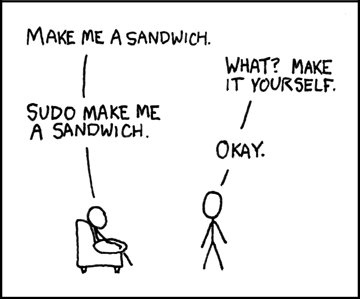I’m in this picture and I don’t like it. Yesterday I was trying to debug my reverse proxy setup for a new app and why it wouldn’t work.
Well, if you configure it to route shinyNewApp.example.com to your app, but then always access sihnyNewApp.example.com with your browser…









In theory? Nothing.
In practice? If the court rules, that a ban is justified, it not only rules, that the AfD is unconstitutional and thus banned, but also all future groups that can be seen as its successors will be banned.